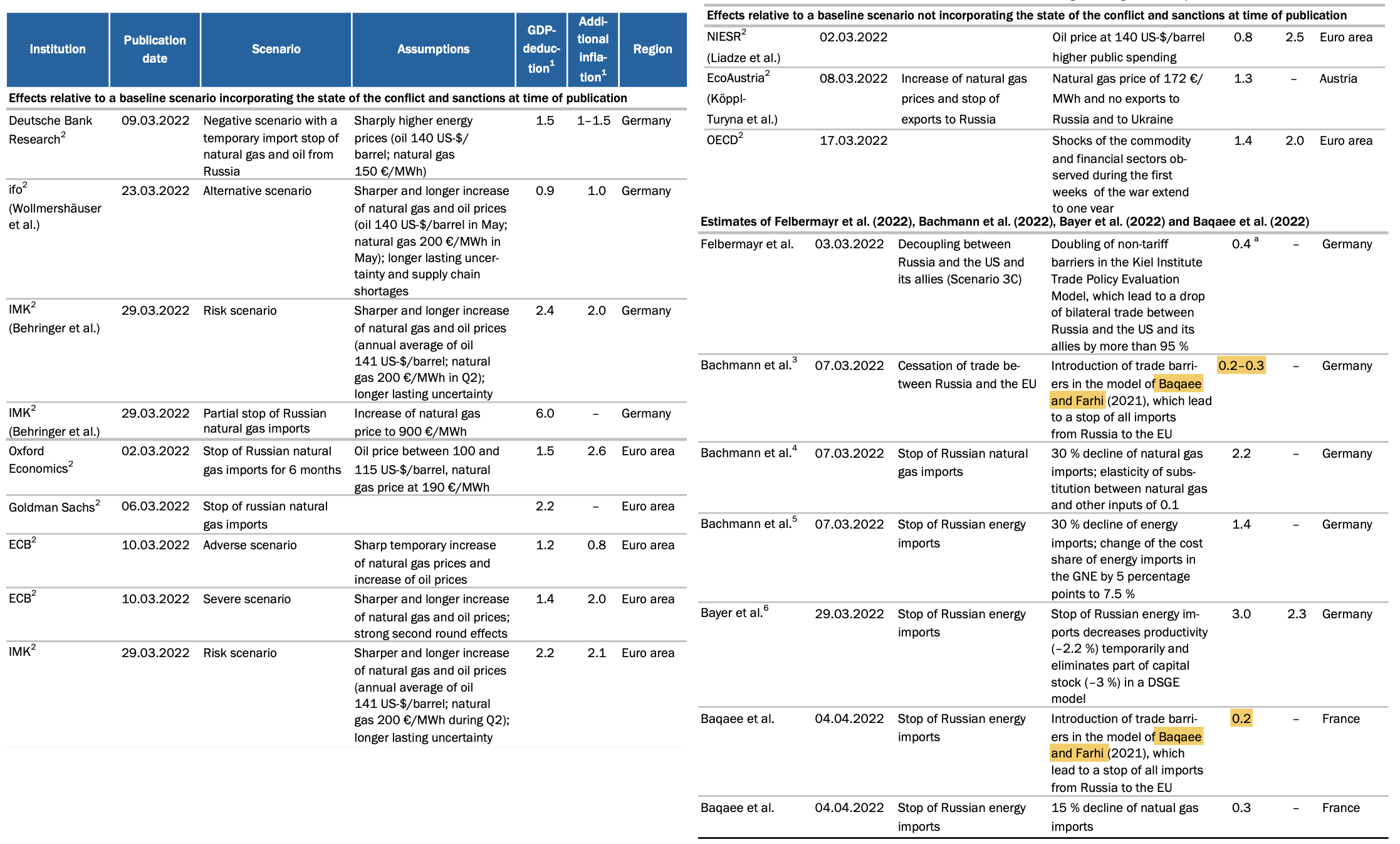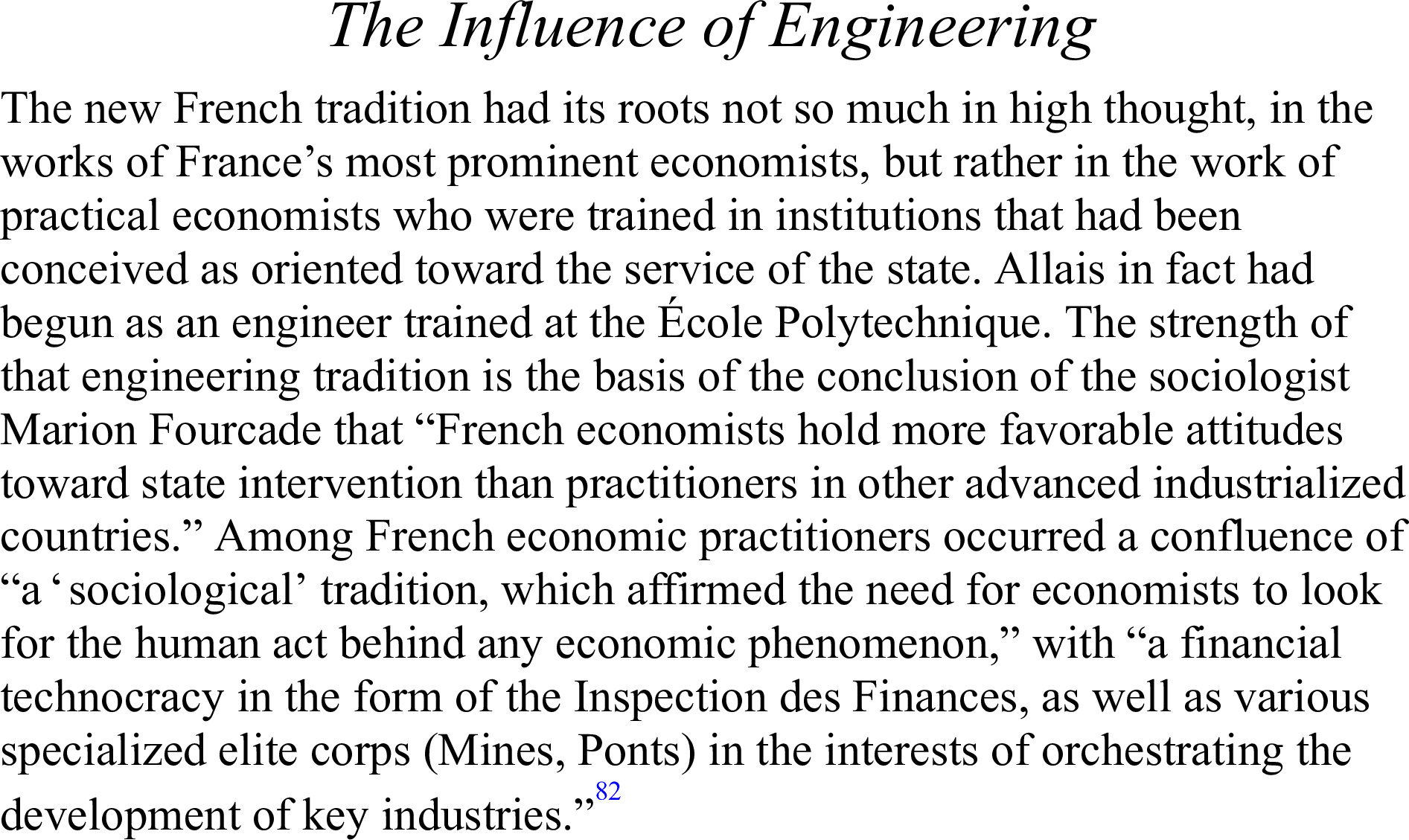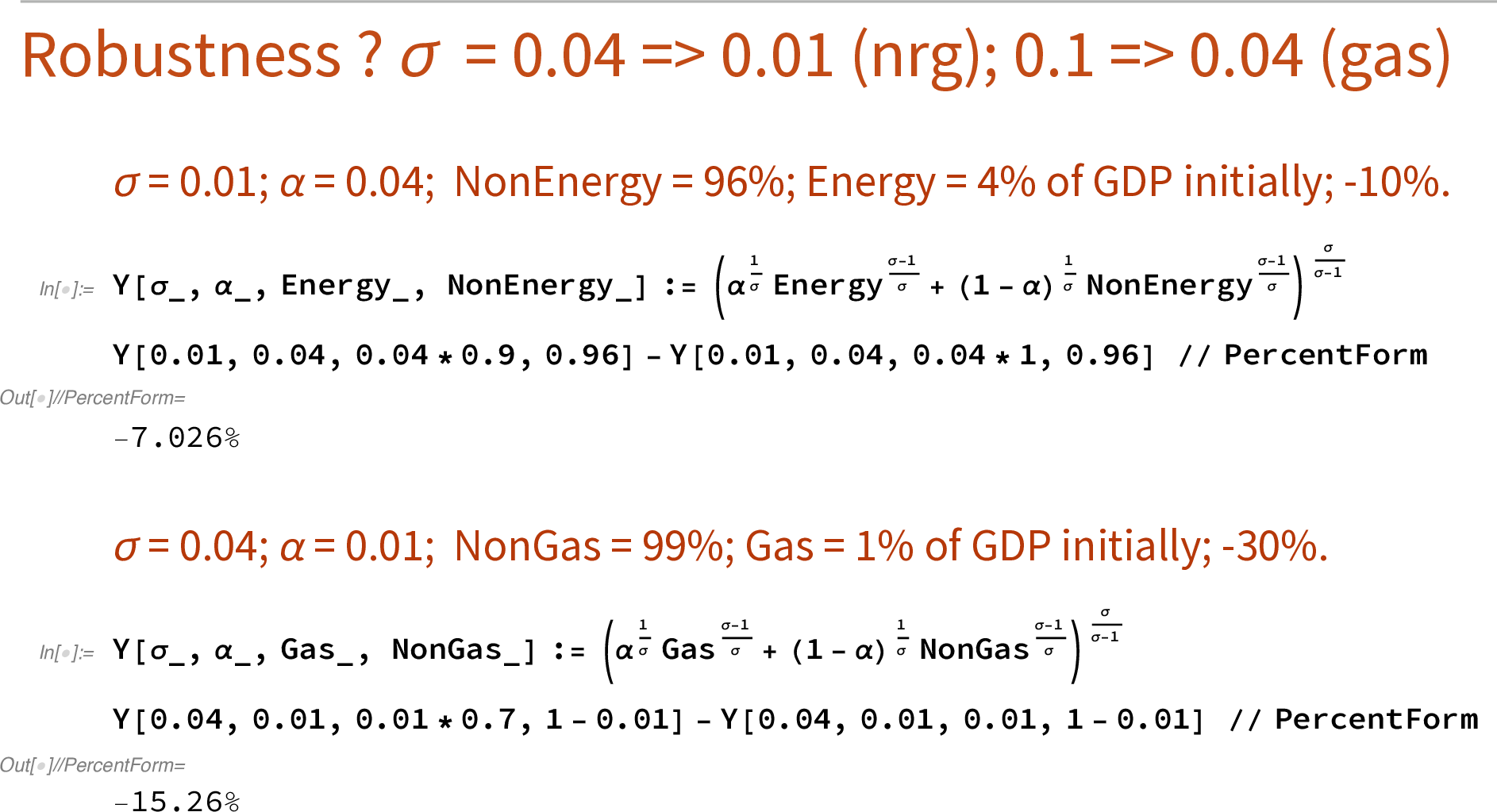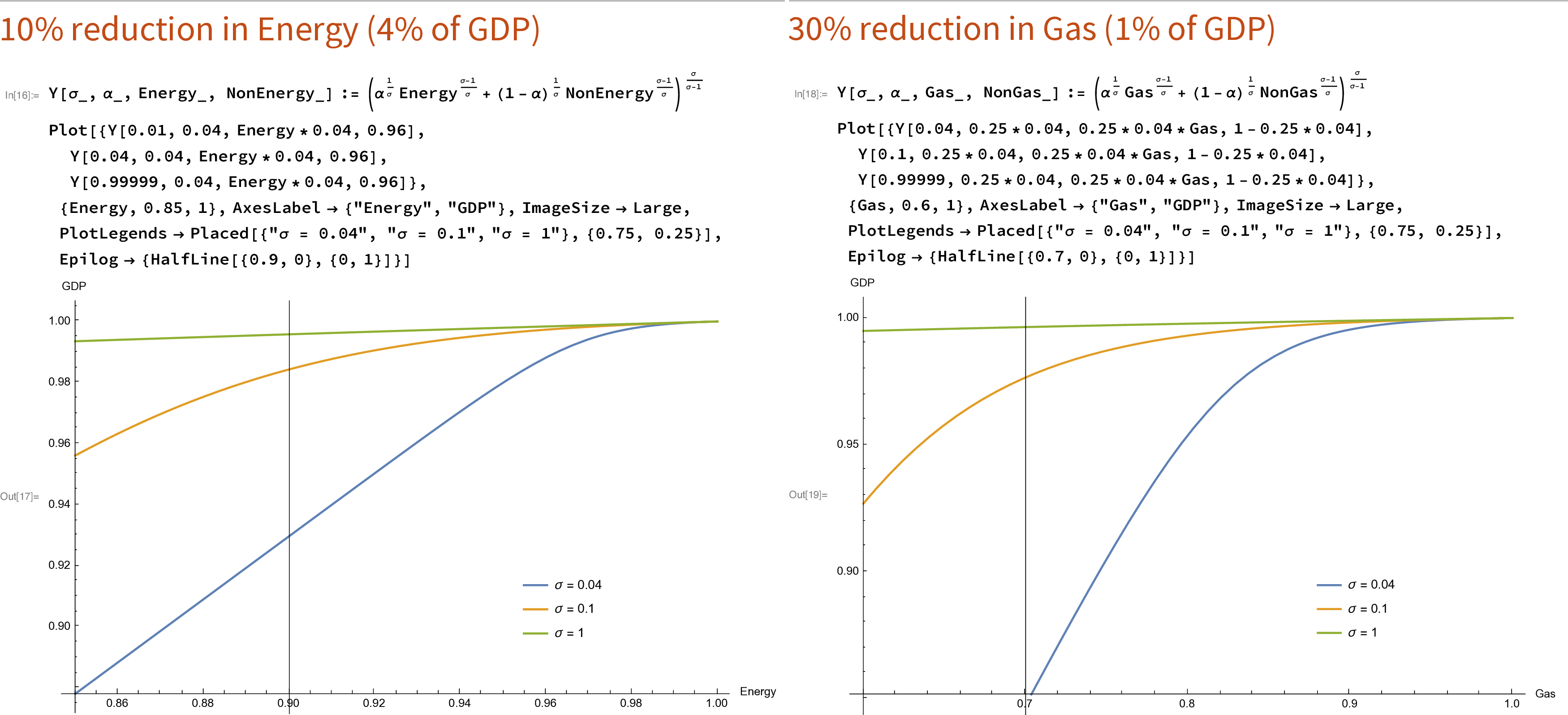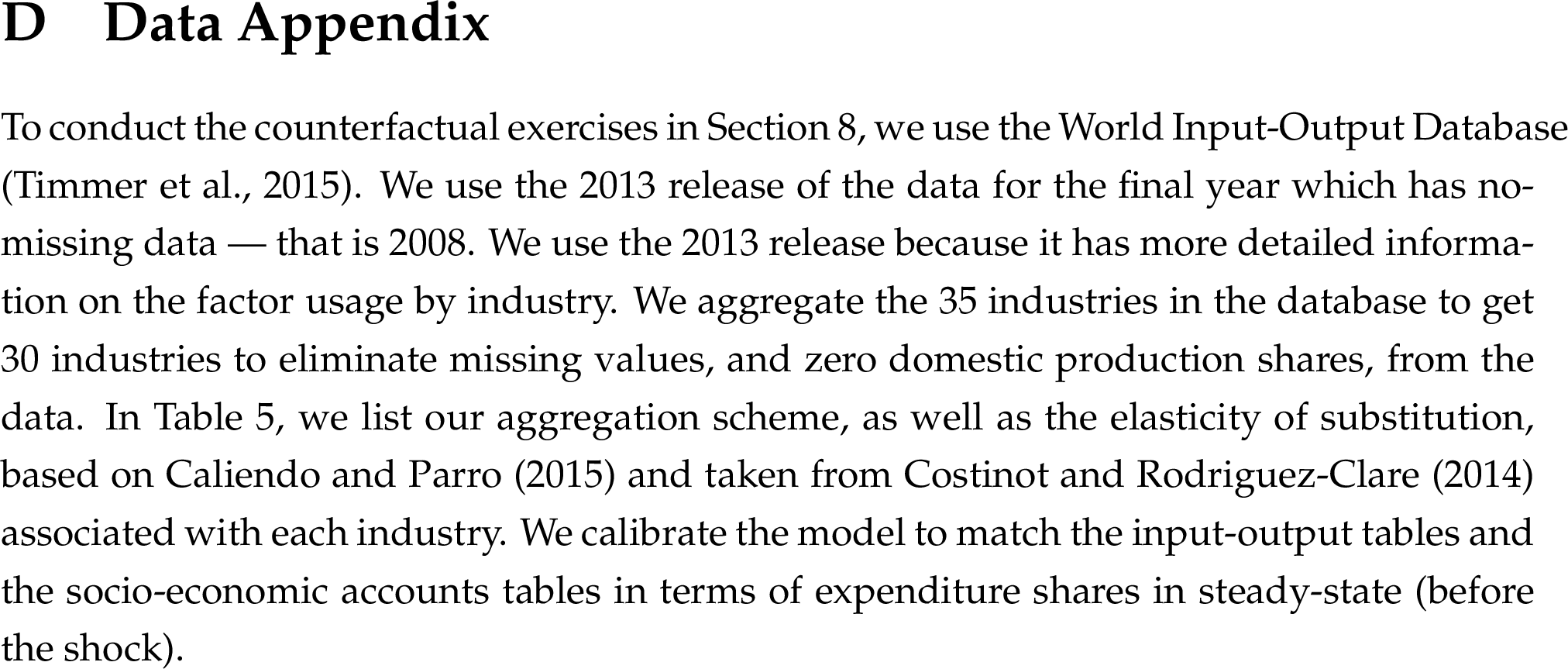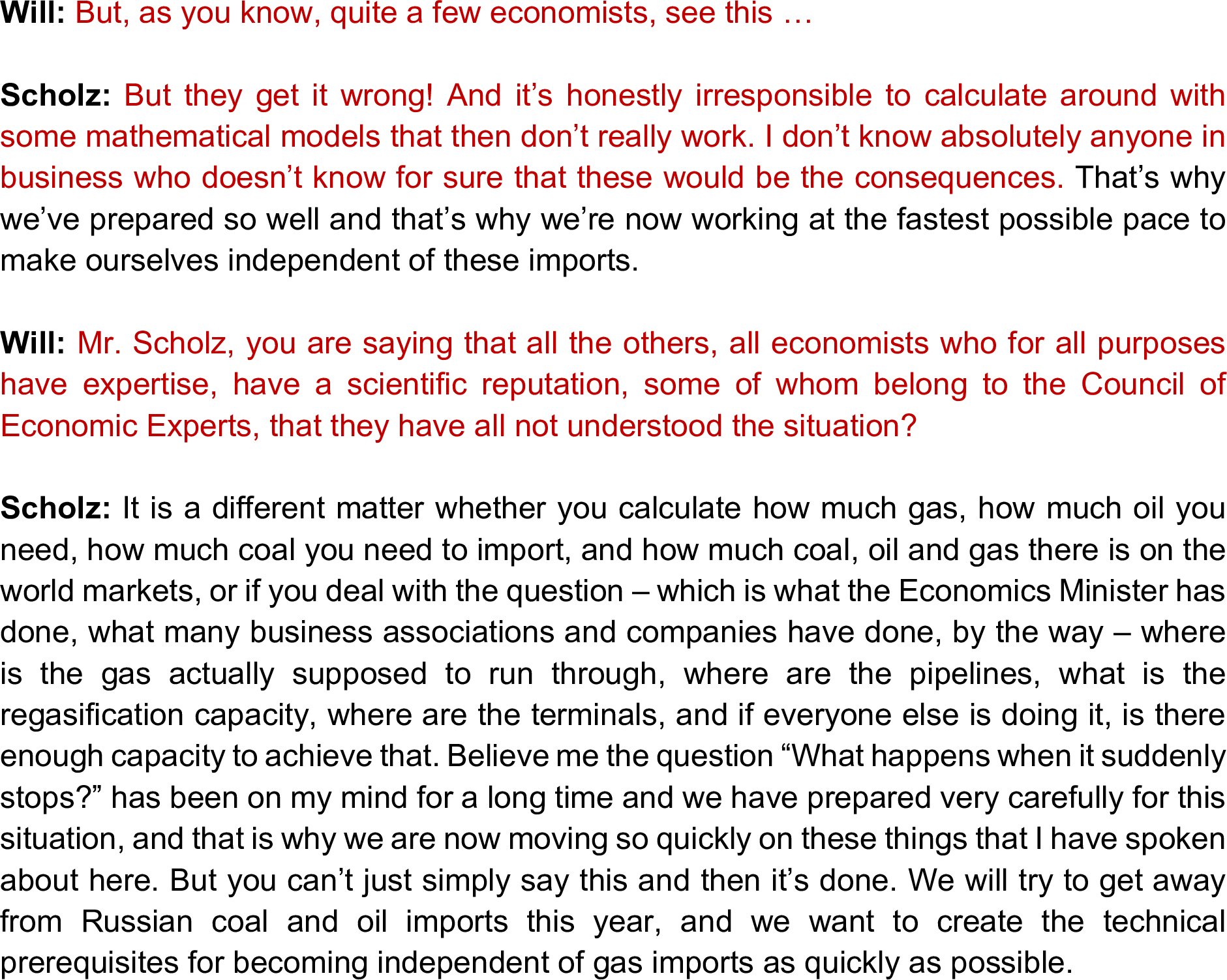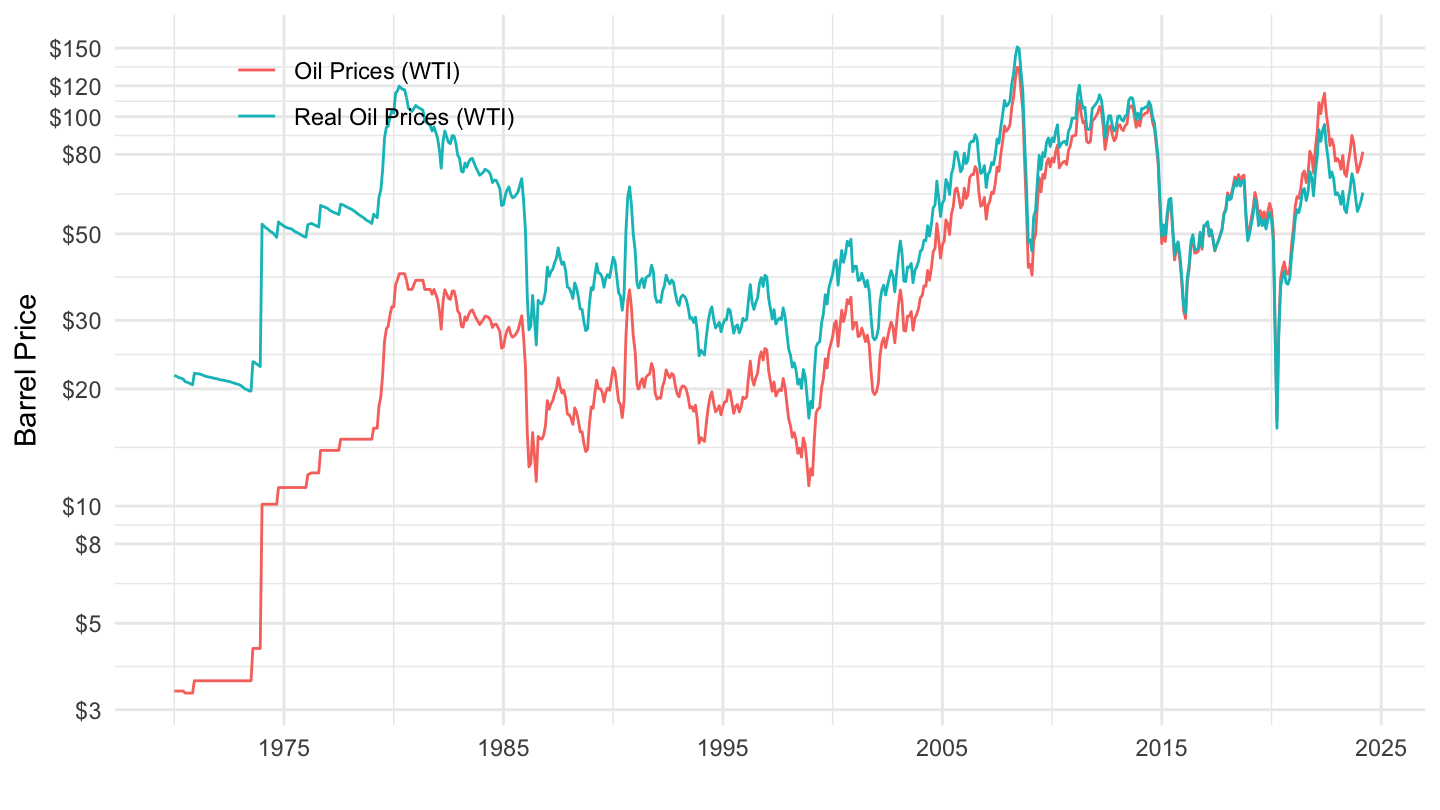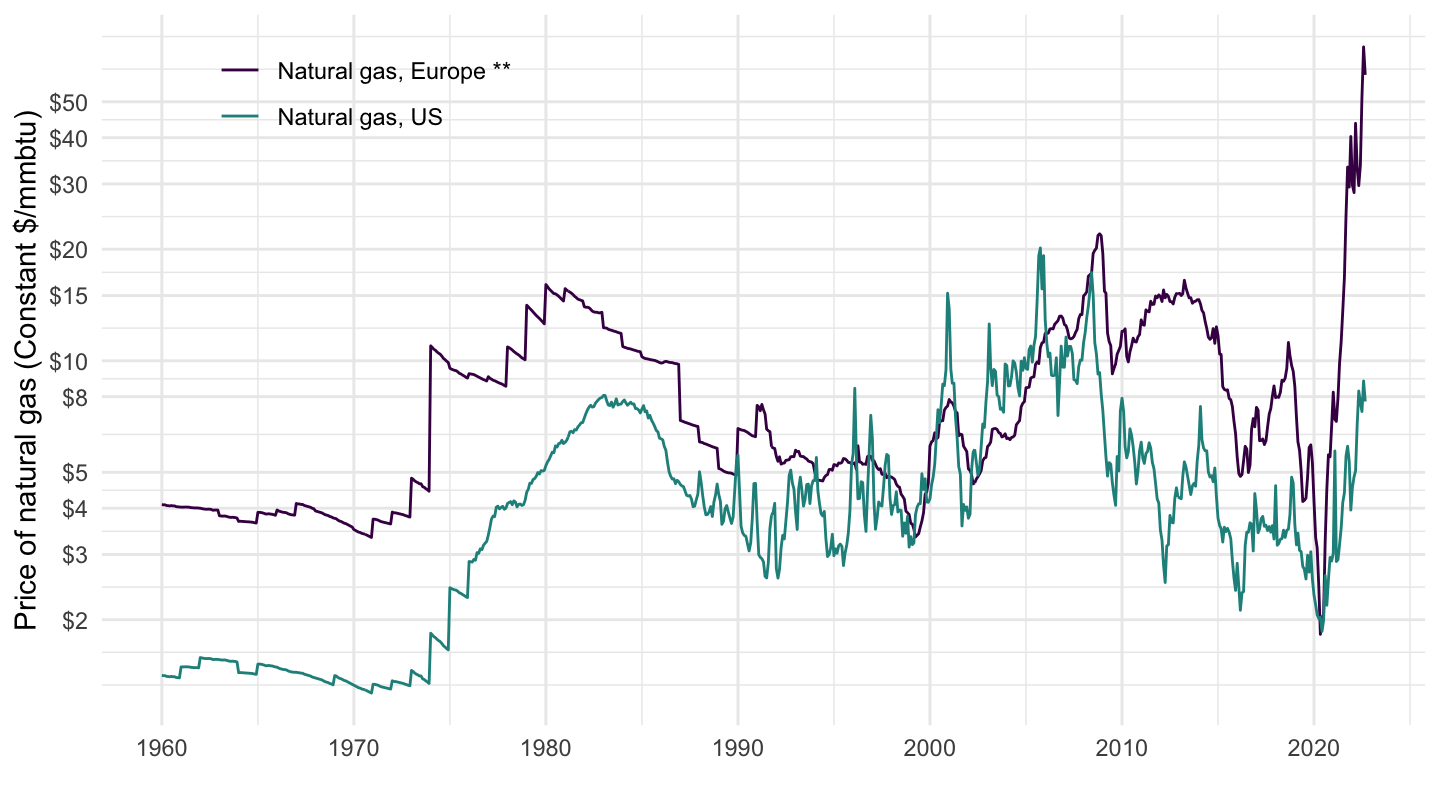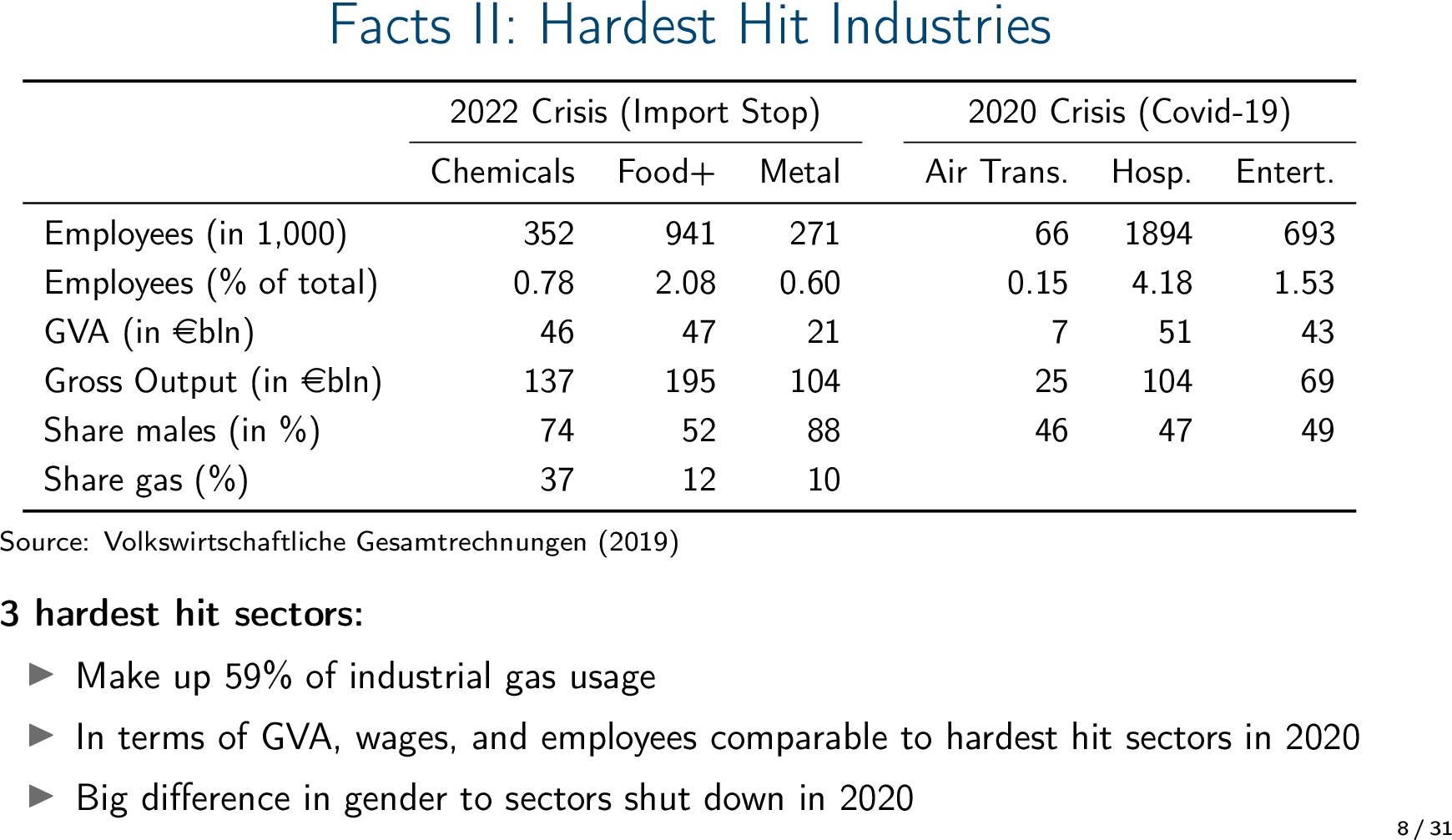Bachmann, Ruediger, David Baqaee, Christian Bayer, Moritz Kuhn, Andreas Löschel, Benjamin Moll, Andreas Peichl, Karen Pittel, and Moritz Schularick. 2022.
“What If?
The
Economic
Effects for
Germany of a
Stop of
Energy
Imports from
Russia.” 36. ifo Institute - Leibniz Institute for Economic Research at the University of Munich.
Baqaee, David Rezza, and Emmanuel Farhi. 2019a.
“The
Macroeconomic
Impact of
Microeconomic
Shocks:
Beyond
Hulten’s
Theorem.” Econometrica 87 (4): 1155–1203.
———. 2019b.
“
JEEA-
FBBVA
Lecture 2018:
The
Microeconomic
Foundations of
Aggregate
Production
Functions.” Journal of the European Economic Association 17 (5): 1337–92.
———. 2021.
“Networks,
Barriers, and
Trade.” Working {Paper} 26108. National Bureau of Economic Research.
Labandeira, Xavier, José M. Labeaga, and Xiral López-Otero. 2017.
“A Meta-Analysis on the Price Elasticity of Energy Demand.” Energy Policy 102 (March): 549–68.

